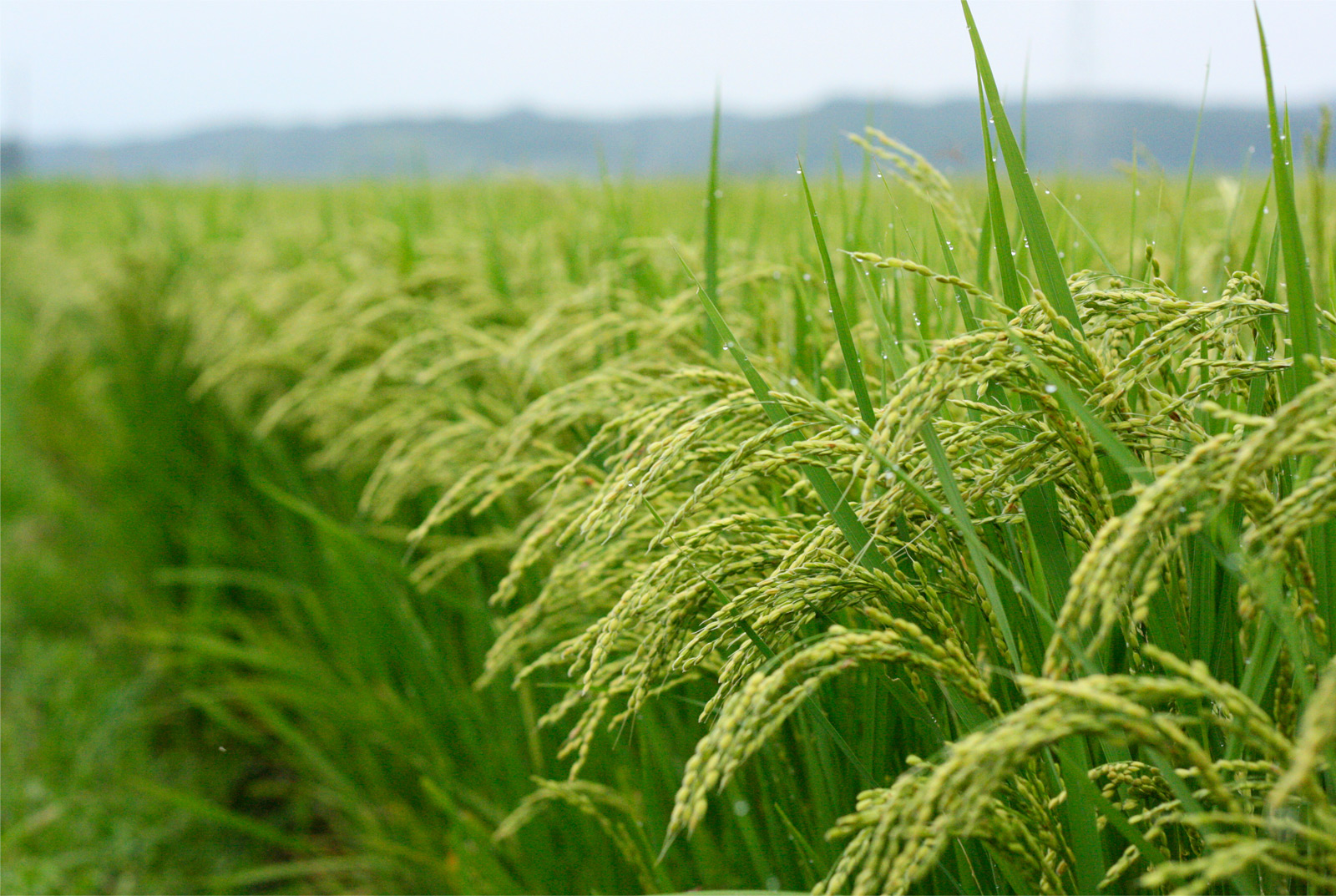Agroforestry is the concept of modern cropping system for effective utilization of available space, both horizontally and vertically to enhance productivity and risk coverage against unstable weather conditions. While mono cropping neither provides gainful employment opportunities nor generates sufficient income to meet the family expenses, agroforestry systems have significant potential in employment generation, household nutritional security from vegetables and fruits and economic development with a hope of insurance or pension resource of a farm family out of the forest plants besides the scope of processing and value addition. Agroforestry is an excellent sustainable model to improve natural ecosystem with biodiversity conservation of the area through inclusion of diversified crops in different tiers leading to augmentation of atmospheric carbon sequestration and mitigation of climate change effects as well. Perhaps, agroforestry is the only viable option to achieve the forest and tree cover to 33 percent of total geographical area of country. However, unfortunately, we have still a shortage of agroforestry and thus there is an urgent need for large-scale afforestation activities in the non-forest areas particularly in cultivable fallows, degraded, barren and wasteland and backyards to provide the resources to small and marginal farmers for meeting livelihood and food security along with the economic growth in the region. Hence, NABARD Kolkata funded a project entitled, ‘Agroforestry and Value Chain Management for Doubling Farmers’ Income in New Alluvial Region of West Bengal’ (sanctioned no. NB.WBRO/2807/FSDD-FSPF/ICAR-ATARI/2020-21 dated 29.03.2021) with a grant of Rs. 19.40 lakhs. The project was implemented through the KVK network in floodplain coastal Purba Medinipur district of West Bengal at six villages in Panskura block of Purba Medinipur district targeting the involvement of 300 farm families (50 families each from one village) during a period of 3 years from 2021- 22 to 2023- 24.
Objectives
- To utilize the available farm resources properly.
- To maximize per unit production of food, fodder and fuel.
- To check soil erosion, conserve soil moisture and increase the soil fertility.
- To generate employment opportunities for rural people.
- To manage land efficiently so that the system can contribute in doubling farmers’ income.
Salient achievements of the project:

